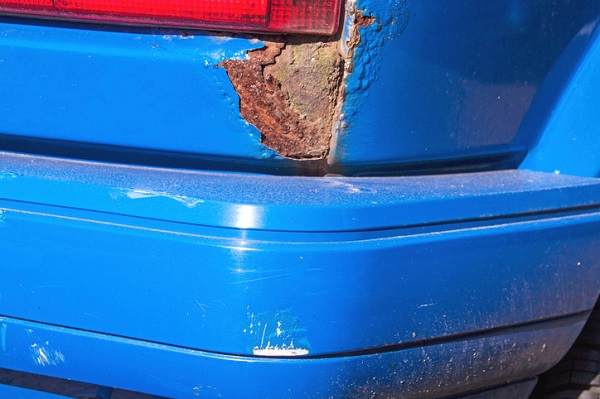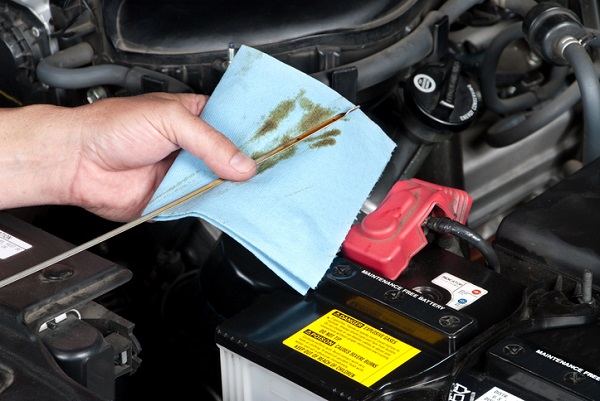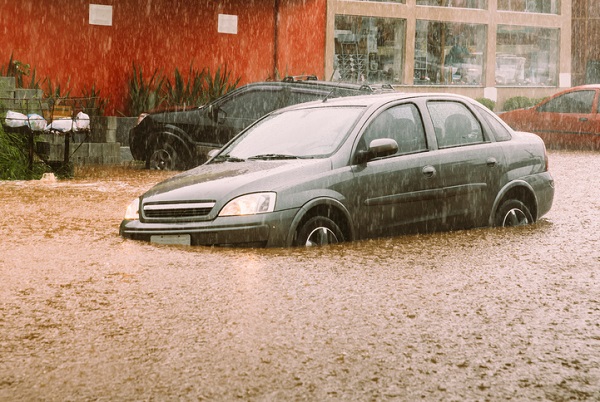How to Spot Signs of Water Damage in Vehicles During Service Advisor Jobs
Cracked panels and broken components are easily spotted on a vehicle, but there are many other problems which are more difficult to diagnose. Water can seep into any part of a vehicle, and it’s a nuisance which should be eradicated as quickly as possible. Floods or exposure to heavy rainfall can pose big risks like a decrease in performance or the malfunctioning of electrical equipment.
Drivers should be advised to visit an auto garage when such problems occur so that professionals can give their car a thorough assessment. Service advisors are often those trusted with giving a damaged car the once-over, so here are four things that they look out for.
1. Rust Develops Through Exposure to Air and Water
Apart from coolant or washer fluid, water is not a welcome fluid around a vehicle. When it mixes together with oxygen in the air it can cause damage to metal substances through rusting. This process is difficult to avoid as time goes by, but it shouldn’t be prevalent on new or recently built vehicles. Check under the vehicle for brown rust patches and assess whether nearby water damage is likely to have contributed to it. Those in service advisor jobs also know to look out for important screws or brackets because ongoing rusting will cause them to snap.

2. Check for Condensation in Confined Spaces
It’s always frustrating when you see moisture droplets on the car headlamps and they won’t disappear with the brush of a cloth. That means that moisture has built up inside the plastic and is looking for an avenue to escape. This is a signal of water damage inside the vehicle and it commonly occurs after flooding. Even after drivers think they have expelled all water from the vehicle, there still may be some crevasses which are holding moisture.
3. Water Contamination in Engine Oil Could Highlight Severe Damage
Vehicles contain lots of different types of oil and fluid to keep mechanical components lubricated. Water damage reduces their effectiveness and could also signal more significant defects. For example, hydrolock occurs when water travels through the air intake and gathers in the cylinders. It can cause severe damage to the pistons in the engine at this point, so it’s vital to spot water damage beforehand. One of the ways to do this is by checking the oil dipstick for the presence of water. Mechanics can then go about removing moisture from the engine through a few different means.

4. Watch out for Dampness on Electrical Wiring
Just like the headlamps, the instrument panel behind the steering wheel could also trap water and damage electrical wiring. An automotive service advisor often runs a full check of electronics to make sure that headlights, indicators, and brake lights are all working. If they are malfunctioning, then water could be present on the wiring. This can corrode the electronics, leaving behind a white or colourful fuzz residue. Such damage is difficult to avoid with older vehicles but could represent a bigger water damage problem if its present on modern versions.
Look no further than CATI for service advisor training in Canada.
Find out more about our extensive program.

